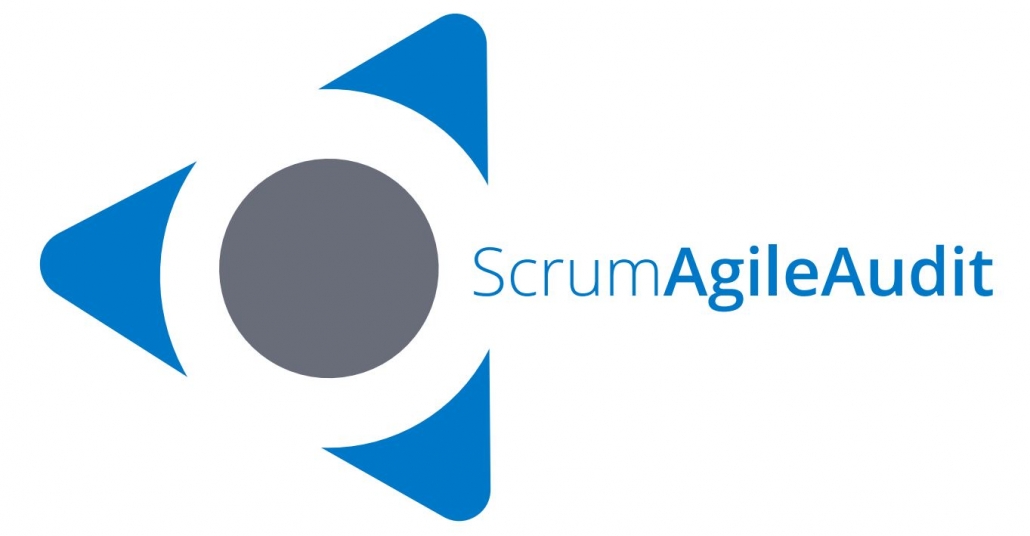Scrum
The Scrum Agile Auditing method (SAA) is designed to determine the degree of Scrum implementation in an organization, with regard to the Scrum framework. The method covers the need to provide an objective diagnostic on the use of the Scrum framework in organizations.
From an internal perspective, the objective is to identify strengths and areas of opportunity in the implementation of the Scrum framework in order to achieve improvement in the organization’s results. From an external perspective the objective is to allow objective comparisons of the Scrum framework implementation degree between different organizations and thereby facilitate the supplier selection processes.
The Scrum Agile Auditing Method is based on the following principles:
- Scrum’s roles, events, artifacts, and rules are immutable and although implementing only parts of Scrum is possible, the result is not Scrum. (Schwaber & Sutherland, 2017).
- The higher degree of the Scrum framework implementation enables better results in product development, and therefore better business results in organizations that use Scrum.
- Objectivity is required to achieve a recognized diagnostic, both internally by the implementers of the Scrum framework, and externally for comparison between organizations in supplier selection processes.
- Evidence of the implementation of the Scrum framework is required to reach conclusions on the degree of implementation, and to identify implementation strengths and areas of opportunity. This evidence must be based on reasonable sampling of the products developed in an organization.
- The audit method uses and strengthens the pillars for the implementation of empirical process control: Transparency, Inspection and Adaptation (Schwaber and Sutherland, 2017).







